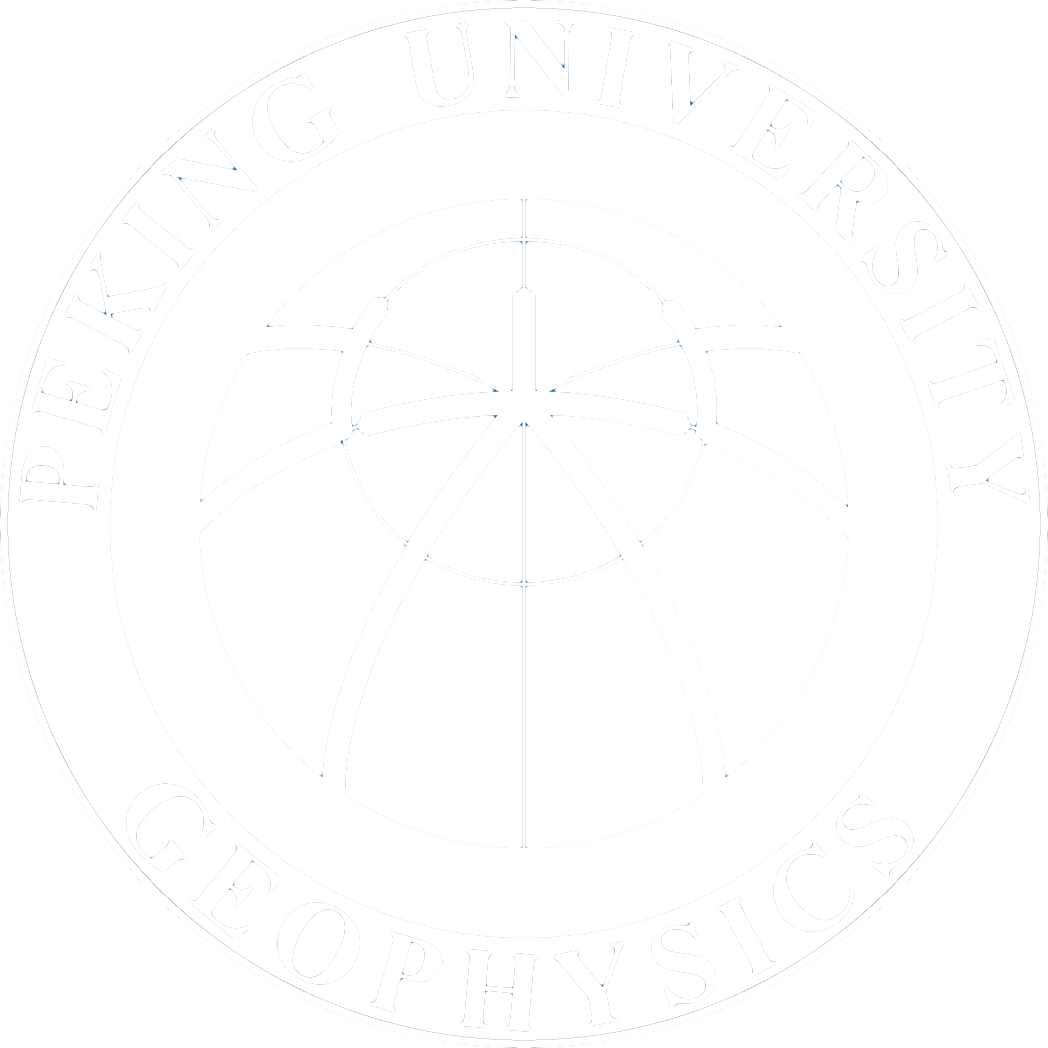2020-06-30
Post-critical SsPmp and its applications in imaging lithospheric structure
Dr. Tianze Liu
Scripps Institution of Oceanography, UC San Diego
2020.1.2(星期四)14:00,理科二号楼2821
Abstract:
Virtual Deep Seismic Sounding (VDSS) has recently emerged as a novel method to image the crust-mantle boundary. However, the nature of post-critical SsPmp, the phase used in VDSS, is not well understood. Here, I show that in 1D, the travel time of SsPmp as functions of ray parameters can be used to infer crustal thickness and crustal average Vp, which together with Ps arrival times of P receiver functions (PRF) can constrain average crustal Vp/Vs, hence average crustal composition. I also show that the phase shift of SsPmp is controlled by lower-crustal and upper-mantle Vp and can be used to derive upper-mantle Vp, a parameter with important tectonic implications. In a heterogeneous lithosphere, I show that despite the strong effects of 2D structure on SsPmp travel times, a simple ray-theory-based back-projection method can still image the geometry of the crust-mantle boundary well. Applying my joint PRF-VDSS analysis to the data of the Yellowknife Array and POLARIS Array, I show an intermediate average crustal composition in the SW Slave Province, consistent with a Neoarchean age of theterrane. Furthermore, by applying my back-projection method to the ChinArray dataset, I show that the unusually thick crust (~60 km) beneath the eastern Ordos Plateau shown by a previous VDSS study is likely an artifact caused by strong lateral variation in the lithosphere.
Bio:
Dr. Tianze Liu is an incoming Green Postdoctoral Fellow at the Scripps Institution of Oceanography, UC SanDiego. He is interested in studying the structure and evolution of continental lithosphere with geophysical methods, primarily seismic and geodetic techniques. Dr. Liu received his PhD degree in geophysics from Stanford University in 2019. Prior to coming to the US, he received his BS in geophysics from Peking University in 2013.
